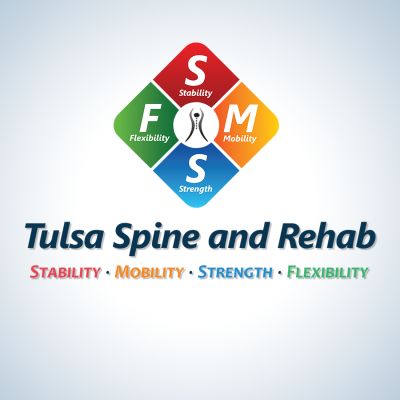Building a House Without Plans
In my opinion, the initial assessment is probably the most important office visit a patient will make in our clinic. Think about the last time you went to see a physician. Did they listen carefully, or did they arrive at conclusions before even checking you out? It might sound like an odd analogy, but it’s like baking a cake without a recipe or constructing a new home without a set of plans. The results would be disastrous—you first need to have a clear idea of what needs to be done. The same applies to your visit to the clinic.
We know that patients who come into our office have a fear of the unknown. They might have heard horror stories about other providers. I greatly sympathize with these patients. They’re in an unfamiliar environment and they don’t know what’s going to happen. That’s why it’s important that I build a rapport with them so they’ll feel comfortable. If I shed some light on what we’re going to do, it might help to alleviate some of the stress.
There has to be an up front assessment to give us the tools to make proper recommendations. That’s why I always stress to that the first visit will probably last from 45 minutes to an hour. We’ll need that time to go through an extensive consultation. I’ve heard so many times from patients who said that it felt like their physician or chiropractor didn’t listen to them. Even though they were a new patient, the entire visit lasted for only 15 minutes. That blows my mind.
It’s important that we sit down and talk to new patients to get a better understanding of what’s going on. They sometimes get a glazed look in their eyes because we ask so many different questions. What do they do for a living? What are some of the contributing factors? How often do they exercise? Do they have a preexisting history of the issue? Have they had surgeries? Are they currently taking any medications? What’s their general health like? How did they get hurt? What is the quality of the pain? Does it radiate?
From there we’ll be doing orthopedic testing, neurological testing, range of motion, and palpation. Palpation is going to allow us to determine where the patient might have tightness or tenderness in a muscle/joint. Then we’ll move on to one of the biggest parts of my exam: functional movement assessment. This is where we’ll determine biomechanically where a patient might have limitations in the form of mobility issues or stability issues. Those limitations may create or contribute to the problem.
I take patients through an extensive examination to rule out or confirm some of the issues I think may be going on. The movement assessment might include checking internal rotation of the right hip, for example. If it’s somewhat diminished, it might be a contributing factor to their low back pain. There may also be some restrictions in the mid back or thoracic spine. In turn, those issues could also contribute to low back pain.
If necessary, we may decide to send the patient for diagnostic testing. Imaging or nerve conduction may allow us to make a further determination or rule out other types of pathology. In this sense, it’s my opinion that an examination is an art form. I’ll take a handful of potential issues (called a differential diagnosis) on what the problem may be. Throughout the examination, I’m ruling things out as I gather more information. Our baking recipe, so to speak, gets more and more precise.
It’s extremely important that the patient has an understanding of what their problem is. We have to take the time to explain what caused their issue, what some of the symptoms are, and the plan we’ll construct to make them feel better. They should have clear expectations about what they’re going to experience.
Patients will be equipped with their own tools to feel better. You’re going to know exactly how to modify the activities you perform on a regular basis. We’ll make sure we create a good recipe that meets your unique needs. That’s the goal of our first visit—we’re going to talk with you (and most importantly, listen), take an examination, determine what the problem is, and then explain the plan we’ve developed so you can start feeling better.
If you want a treatment plan designed for you, contact us online or give us a call at (918) 743-3737.
The post Building a House Without Plans appeared first on Tulsa Spine and Rehab.
